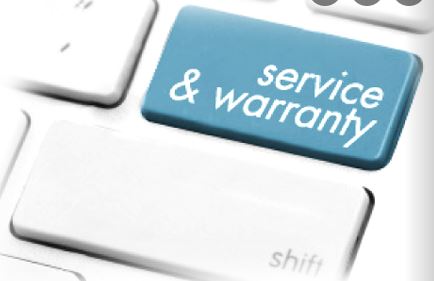Service PRO Newsletter - March 2022

This is the second article in a monthly series regarding our experience with processing thousands of warranty claims for home appliance service providers. Our goal is to provide you with informative tips and other knowledge to ensure you receive full payment for the warranty services you perform for all job sources. This month we will discuss the importance of the “Service Warranty” period and how it may prevent the payment of your claims if you do not understand specific OEM/TPA policies.

First, it is important to know your “Responsibility Period” for each job source (OEM/TPA) you are authorized to perform warranty/extended warranty repair service. This is the period of time in which you are responsible for the work that you performed for your customer better known as the “Service Warranty” period. While Service Warranty policies vary by job source, they usually range between 30 and 90 days from the original date of service performed. The following is a typical Service Warranty statement you will find in your Service Authorization Agreements.
Service Provider guarantees the service performed shall be free from defects in workmanship for a period of ninety (90) days. Any repeat failure of a product repaired by Service Provider for the same problem within this period shall be properly serviced and/or repaired by Service Provider without an additional charge and no warranty claim will be paid.
If you don’t know what these policies are by job source, it is a good time to look at your Agreements before attempting to file claims.
As a general rule during the Service Warranty period if the customer calls back with a product performance issue for the same reason as the original repair, you will have to return to the customer’s home and usually the labor will not be reimbursed. The industry jargon for these job types is known as “recalls”, “callbacks” or “repeat repairs”. Whatever the term may be, the claim should either NOT to be filed as warranty claim or should be filed for parts only in order to avoid rejections, such as Approved Total $0.
In most cases, the same technician is dispatched to the recall either because the technician failed to diagnose the problem correctly or a part replaced fails prematurely. In either case the Service Performed Description written on the claim should be clearly marked that this is a “recall” service. Once noted, your claims administrator can submit the claim properly. If no additional parts were required, a claim should not be filed unless an authorization number was issued by the OEM/TPA to cover the labor. If additional parts were used on the recall service your claims administrator should add those parts to the warranty claim and remove the labor amount (unless an authorization number was issued) prior to filing the claim for reimbursement.

Interested in learning about our economical Claims Processing Service?
Watch the video, give us a call at 877-311-6602 or visit our
website JustPressOne.com

